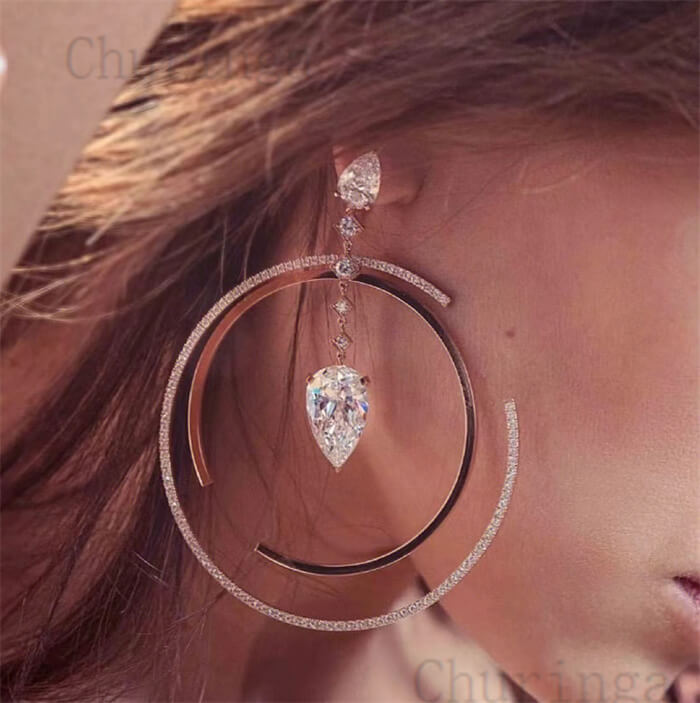For anything to be regarded as safe to implant in a human or animal body, two sets of characteristics come into play: bio-compatibility of course and bio-functionality. With regard to the use of metals in surgery, the effect of corrosion on tissue becomes the burning issue. Stainless-steel is still one of the most often used biomaterials due to meeting the two golden standards of bio-compatibility and functionality and has been successfully used as implants for decades.
Latest News on Stainless-steel Implants
Radical research and studies conducted by scientists at Université de Montréal’s Faculty of Dental Medicine have a promising long-awaited development underway to improve the body’s acceptance of stainless-steel. As Antonio Nanci, an anatomist in cell biology who runs the Laboratory for the Study of Calcified Tissues and Biomaterials who is supervising the study says:
“The beauty of it is its simplicity and capacity to simultaneously improve cellular response and limit bacterial expansion. In terms of its anti-bacterial advantages, there is no need for antibiotics, no need for chemicals; it works just by the physical-chemical interaction between the steel and the bacteria – that’s very unique and exciting, and it may represent another tool to help fight bacterial resistance to antibiotics. Everything that’s stainless in a hospital – the doorknobs, the instruments, the operating table – could be treated this way. With it, bacteria simply don’t propagate.”
On our topic of medical implants, Nanci comments: “stainless steel … will have the medical capacity to improve healing around implants and their acceptance by the body.”
Surgeons love using stainless-steel bone screws because they can actually feel when it’s done ‘to a turn’, which avoids the ever-present danger of over-torquing. Of late, nickel-free steels are being produced to offset the very common nickel sensitivity experienced by some patients.
Peeking into the Future of Nanotexturing Stainless-Steel Implants
Creating microscopic protrusions 20 to 25 nanometers above the surface, Dennis Hess, a collaborator on the aforementioned research explains: “It’s like a mountain range with both sharp peaks and valleys. We think the bacteria-killing effect is related to the size scale of these features, allowing them to interact with the membranes of the bacterial cells “This texturing process increases the surface segregation of chromium and molybdenum and thus enhances corrosion resistance, which is what differentiates stainless steel from conventional steel.”
Stainless-steel implants deliver surprise after surprise as researchers perfect the body parts we humans so desperately need to be replaced or repaired.

